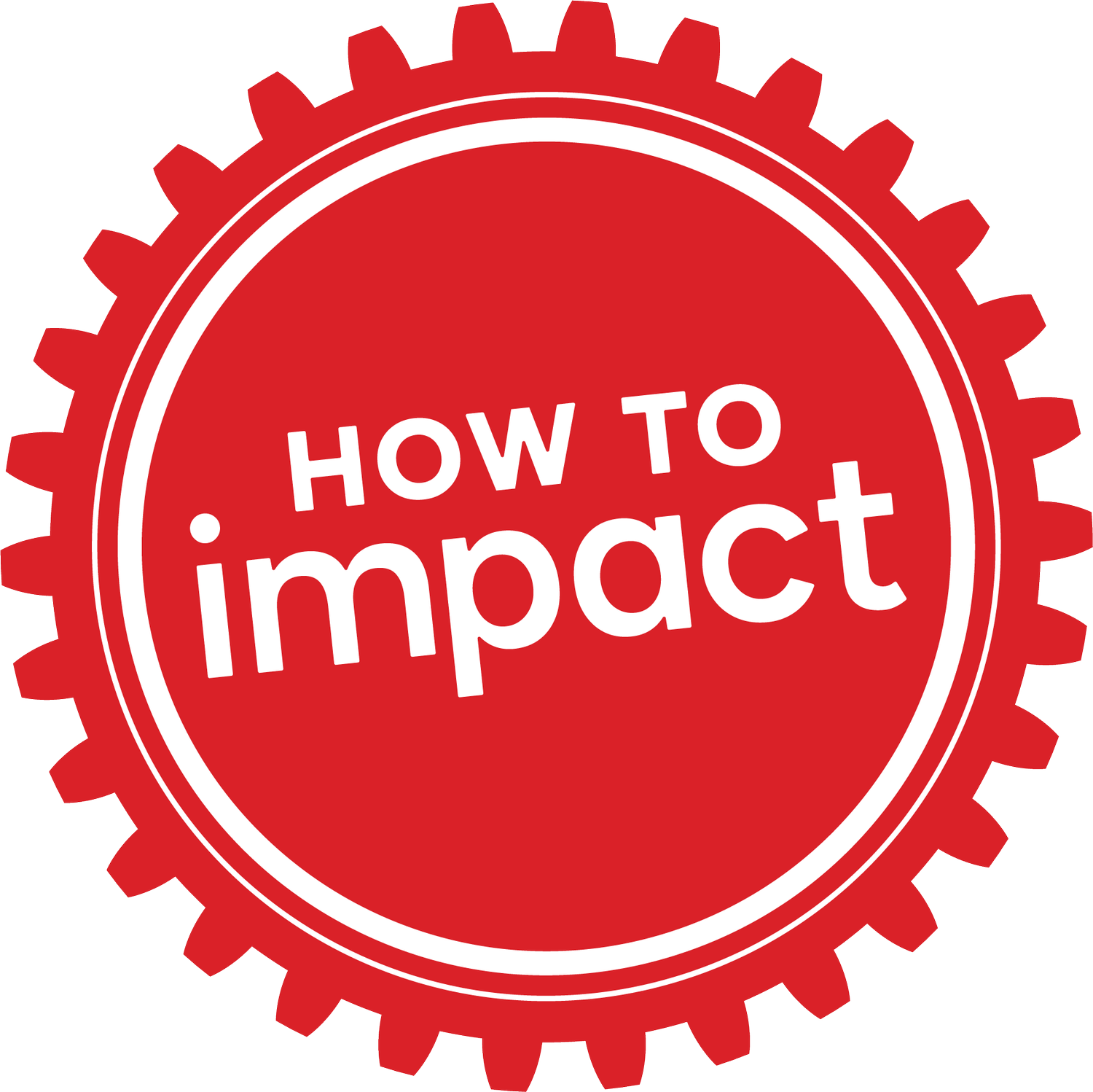Balancing Speed and Rigour in Healthcare Innovation
This article is part of a two-part series by Matt Whale, on how to Rush Slowly for Health Care Innovation. You read Part 2 Here.
The healthcare industry is a big beast and innovation news is dominated by new pharmaceutical and clinical breakthroughs that take years due to the need for due diligence and governance (the average pharmaceutical product development cycle is 10 years). Yet the healthcare industry is under pressure to develop more patient-centric services, evolve its service culture and adopt the same agile methodologies that drive transformation in financial services, tech and the start-up economy.
How, then, can healthcare balance this need for speed and safety? How can they rush slowly with innovation?
Jeff Bezos’ message in his annual shareholders’ letter in 2017 sums up the quandary:
“Most decisions should probably be made with somewhere around 70% of the information you wish you had. If you wait for 90%, in most cases, you’re probably being slow.” - Jeff Bezos
I use this quotation a lot to explain the need for ‘Positive Ambiguity’ from innovation leaders – less focus on defining the solution before we get started, and more focus on understanding the problem so that we can start learning.
It’s an uncomfortable tension. Most organisations want to be disruptive and grab first-mover advantage, but it’s hard to escape the risk aversion, short-term goal-setting and dense layers of administrative red-tape that tie up most established organisations.
And then you have the healthcare industry, where regulatory compliance and the genuine risk of causing harm from faulty procedures or unqualified services are frightening. How can you hurry up and develop new ideas in healthcare without harming people?
Yet speed is becoming a table-stake for survival. The healthcare industry continues to evolve at pace as a consumer-driven industry, where de-regulation such as the NDIS opens up discretionary loyalty where previously there was none, where digital transformation is revolutionising patient services and automated surgery and AI-diagnoses are challenging human efforts. Many healthcare providers simply haven’t thought enough about their customer value proposition and patient experience, and some of the more advanced providers are paying the price: 2.234 million Australians have dumped their health insurance cover in the past 5 years.
There are 3 critical tensions we see time and time again:
Tension 1: How can healthcare organisations be bold, nimble and agile BUT still adhere to regulations, procedure and compliance?
There are the obvious challenges around the development of new (and the protection of old) patient/consumer-safety protocols and health regulations.
Then there is the irony of scientific progress. Diseases are increasingly being tackled at a molecular level, the science behind innovation is becoming more complex and the risk of failure higher. It’s hard to argue that we can speed up this kind of innovation.
Yet highly technical, scientific and surgical innovation is the thin end of the R&D wedge. These risk-averse behaviours should not become the default for all areas of healthcare innovation – especially with the pervasion of service and business model design.
Tension 2: How can we apply new service design methodologies that challenge long-held care models, WITHOUT losing the deep clinical knowledge of experienced healthcare professionals?
The common assumption is that the majority of people in healthcare are very user-centric, because ‘caring’ is a dominant motivation for joining the industry. But caring doesn’t always equate to empathy, especially given the paternal approach to caring.
I saw this for myself when working with a disability provider, observing and interrogating the experience of carers to identify critical pain-points. We were on a visit to a clients’ house, which had been set up by the team member I was working with. When I asked questions of the carers, the team member jumped in and answered for them – he was so used to advocating for them. Afterwards I pointed this out and asked him to remain quiet in the next home visit, which he did. After the second visit, I asked my colleague about his ‘silent’ experience. He said: “In my head, I was still answering the questions you asked them, but about 90% of the time my answers were totally different to what they actually said.”
Sometimes, deep sector experts can’t see the wood for the trees!
Tension 3: How can we develop innovation ‘centres of excellence’ WITHOUT siloising innovation?
The goal for any consumer-centric or patient-centric organisation is surely to build a culture where everyone takes responsibility for spotting opportunities and tackling issues at the coal-face. Where everyone walks daily in their consumers’ and patients’ shoes - and thus identifies opportunities for innovation.
The reality is different: Is it reactive? Yes. Is it innovative (and connected to the commercialisation of that innovation)? No.
Hence, the trend towards isolating vital innovation resources within ‘hubs’ and ‘labs’. The problem with turning to a lab first is that it reinforces the implicit message that everyone outside of the lab is exempt. It implies that they don’t need to adopt the innovation mindsets needed to ensure that the organisation embraces its responsibility and ability to spot real problems and explore innovative options. But, don’t we want all of our people to feel empowered to make change happen around them, rather than demotivated by deferring to a central, and far more finite resource?
There is an obvious degree of simplification here – and I acknowledge and apologise - after all ‘the healthcare industry’ covers a wide spectrum of sub-industries. But the fundamental challenge they all face is building the frameworks to allow themselves to rush slowly in order to retain consumer/patient loyalty, enhance staff satisfaction and delivery, and master the evolving and boundary-blurred profile of healthcare. To quote industry-re-definer, Rupert Murdoch:
“The world is changing very fast. Big will not beat small anymore. It will be the fast beating the slow.”


